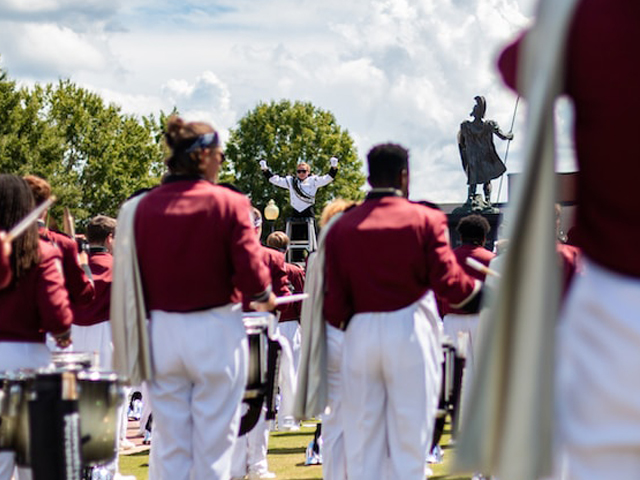
So, thinking about snagging a motorcycle? Maybe for zipping around campus, saving on gas, or just because, well, bikes are cool. I get it. Been riding for years here in the US. But whether you're eyeing a cheap Craigslist find or something a bit newer, there’s this little code you absolutely need to know about: the VIN. Seriously, don't tune out – understanding the Vehicle Identification Number can save you a world of headache, especially when you're on a student budget. Think of it like your student ID card, but for the bike – it proves what it is and tells its whole story.
Where's Waldo? Finding That VIN Plate or Stamp
First things first, you gotta find the thing. Before you even think about buying, or if you're trying to register a bike you already have, locate the VIN. Grab your phone flashlight and check the steering neck – that's the metal tube part where the handlebars and front wheel connect to the frame. It's usually stamped right into the metal on one side. Some bikes might also have a sticker there with the VIN printed, but the stamped version is the official one. Knowing exactly where is the vin on a motorcycle is step one. Make sure this number matches the one on the seller's title or paperwork. If they don't match, run away! Big red flag.
Breaking Down the Code (Without Getting a Headache)
That 17-character string looks like alphabet soup, but there’s a logic to it, kind of like a secret code:
- First few digits: Tell you where it was made and who made it (like Japan/Yamaha, USA/Harley).
- Middle section: Gives clues about the model, engine size, etc.
- The 10th digit: This one's super useful – it tells you the model year! Helps you confirm if the seller is being straight about how old the bike is.
- Last bunch of digits: These are the unique serial number for that specific bike. You don't need to memorize the whole decoding process, but knowing the basics helps you spot obvious weirdness.
Why Bother Checking the VIN? (Spoiler: To Save Your Wallet)
Okay, real talk. Especially when you're looking at used bikes – which, let's face it, most students are – running a VIN check is maybe the smartest $20-$30 you can spend. I know, I know, every dollar counts, but hear me out. I've seen students get totally burned buying bikes with hidden issues. A good VIN check report can tell you stuff the seller might conveniently "forget":
- Is it stolen? Imagine buying a bike only to have the cops take it away later. Huge hassle, total loss.
- Was it wrecked? A cheap fix might hide serious frame damage that makes the bike unsafe.
- Does it have a "branded" title? This is key! Words like "Salvage," "Flood," or "Rebuilt" on the title mean the bike had major damage. It kills the resale value and might have lingering problems. Some shady sellers try to "wash" the title by moving it to another state to hide the brand – a VIN check catches this.
- Mileage weirdness? Does the odometer seem way too low for the bike's age? A check might show inconsistencies.
Think of it like getting a background check before you commit. There are free VIN decoders online that confirm the year/make/model, which is a decent start. But paying for a full history report is like getting the full story, warts and all. It helps you avoid buying someone else's problem.
The Takeaway: Bike Smarts Start with the VIN
Look, getting a motorcycle can be awesome. Just don't let the excitement make you skip the important stuff. That VIN is your best friend when checking out a potential ride. Find it, make sure it matches the paperwork, and seriously consider running a full check before you hand over your hard-earned cash. It’s the smart move to make sure your cool campus ride doesn't turn into a massive money pit or legal nightmare. Ride safe!











